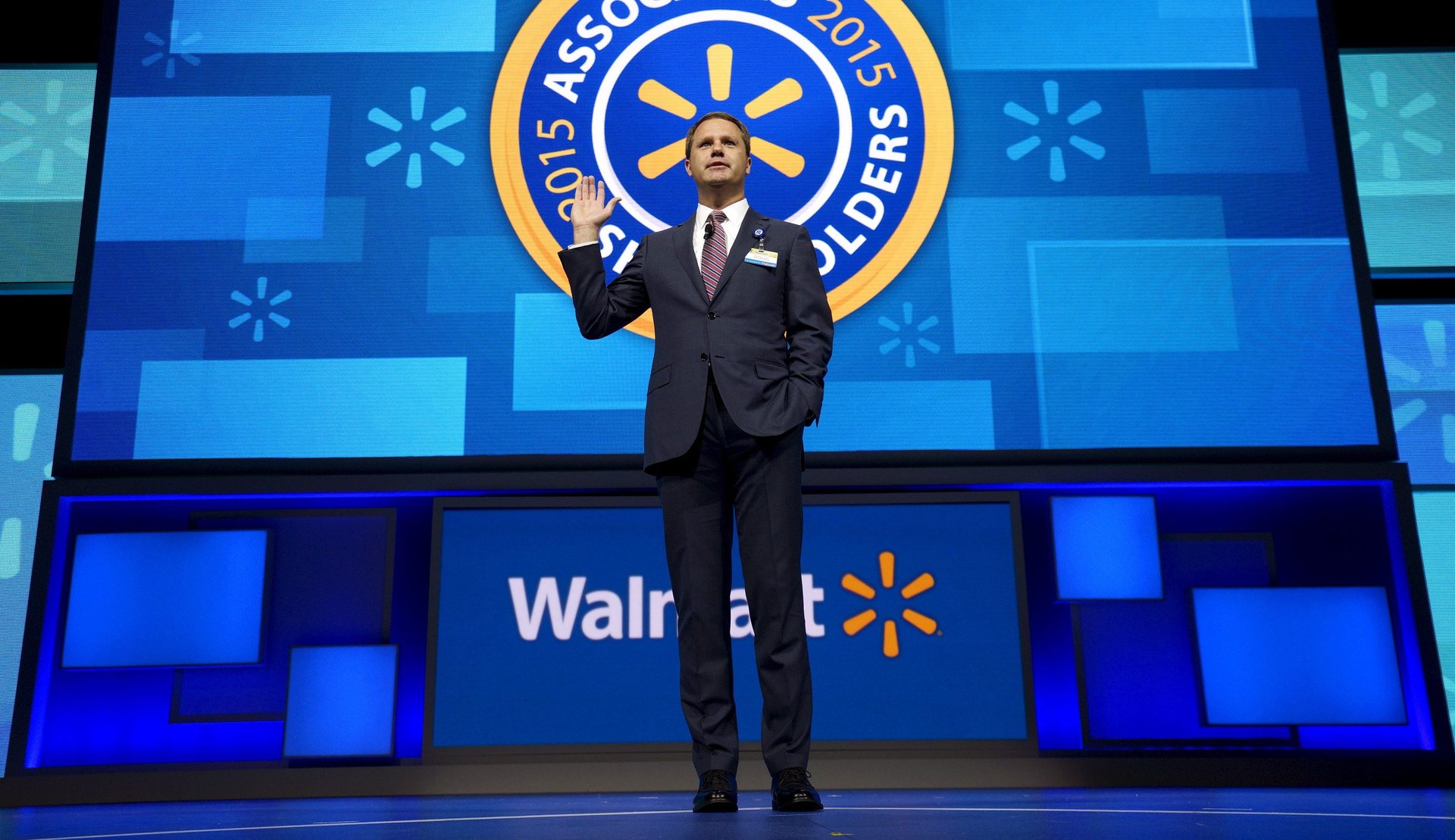What Facebook could learn from Walmart
Two decades ago, no US company was more reviled than Walmart. The retailer’s voracious growth, its poverty-level wages, its deleterious impact on Main Street retailers, and its vast and wasteful supply chains all made the company a large and obvious target for unions, social justice groups, and politicians.


Two decades ago, no US company was more reviled than Walmart. The retailer’s voracious growth, its poverty-level wages, its deleterious impact on Main Street retailers, and its vast and wasteful supply chains all made the company a large and obvious target for unions, social justice groups, and politicians.
But now, Walmart’s reputation isn’t nearly as toxic, and other companies have leaped ahead of it in the most-odious-corporation rankings. Facebook, specifically, seems poised to claim the mantle, after a barrage of revelations about its malign influence on everything from the self-image of young women to political discourse in India. While Facebook’s investors don’t seem overly troubled, few companies can withstand such negative publicity indefinitely. Facebook’s name change to Meta is at least partially motivated by its desire to talk about something—anything—else.
Since Facebook’s public relations problems aren’t going to vanish with its new branding, the company may want to consider Walmart’s strategy for rehabilitating its reputation.
How Walmart faced its critics
In an interview at a 2018 National Retail Foundation event, Walmart CEO Doug McMillon said the company was slow to realize it had to pay attention to its perception. For decades, Walmart’s philosophy was that so long as it took care of its customers and employees, everything else would take care of itself. “But at some point Walmart became big, and societal expectations changed, and we missed the memo,” McMillon told Matthew Shay, the CEO of the Federation.
Sam Walton, the revered founder of Walmart, counseled his employees to ignore the press, McMillon said. That included positive stories when the company was a small and scrappy, and later, the negative stories when it became the nation’s largest company. Eventually, when the criticism became impossible to ignore, Walmart’s position was to rebut accusations, which didn’t change anyone’s mind, he said.
“We got to a point, where [former CEO ] Lee Scott said ‘what if we instead of doing what we’re doing, we listened to our critics,'” McMillon said. “‘Let’s find the people that dislike us the most and find out why and see if there’s some good in what they’re saying and go implement it.’ It really became a journey toward becoming more sustainable.”
At around the same time, when Hurricane Katrina plowed into New Orleans in 2005, Walmart mobilized, providing food and water to devastated communities. According to McMillon, Scott asked “‘What would it take for us to be that company all the time?'”
Walmart’s environmental initiatives
To be clear, Walmart didn’t become a charitable enterprise, and it still has no shortage of critics. But inspired by a mix of economic interest, public relations savvy, and perhaps sincere do-gooderism, it began to change its ways.
Over the years, Walmart has worked to reduce its carbon footprint, leaning on its suppliers to reduce package sizes and embarking on a plan to reduce emissions from its supply chain by a billion metric tons by 2030. While it’s been guilty of greenwashing, the company’s size means it’s had a significant influence on changing its vendors’ practices.
The company also rethought its pay practices. Confronted with disheveled stores, unhappy customers, and high employee turnover, Walmart realized its strategy of paying rock-bottom wages was counterproductive. In 2015, it committed to spending $2.7 billion to raise wages and improve training. It also offered new benefits, like paying for college tuition.
No one initiative changed Walmart’s public perception, but cumulatively, over the years, it’s become, if not beloved, at least less hated. That may be the most Facebook can hope for, at least in the short term
And of course there’s one factor in Walmart’s improved image it had nothing to do with: The rise of Amazon as an even more loathed company makes it look good in comparison.